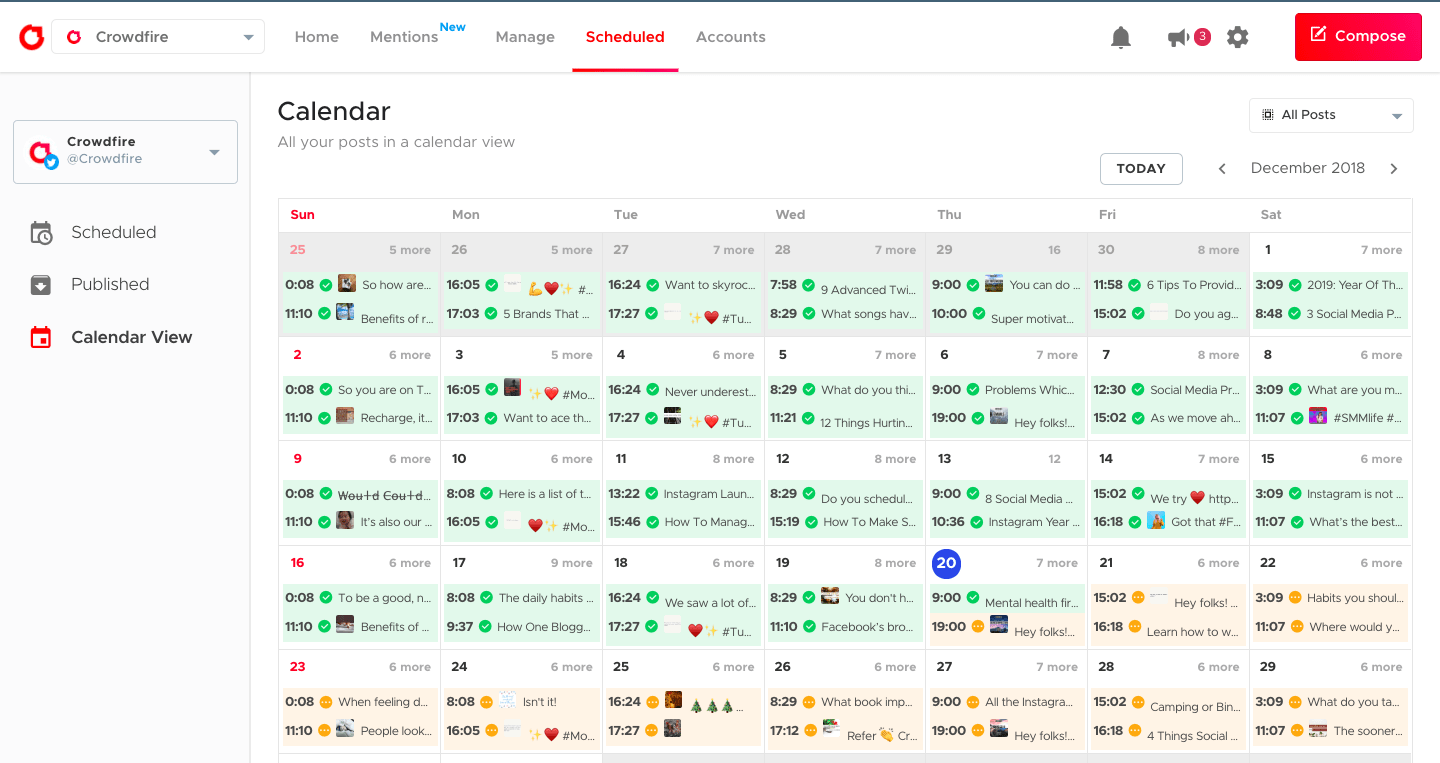Top Competitive Analysis Tools for Businesses in 2024
In today’s fast-paced business landscape, understanding your competition is more critical than ever. This article will dive into the top competitive analysis tools that can provide insights to help businesses not only survive but thrive. By leveraging these tools, companies can gain a strategic advantage, allowing them to make informed decisions and optimizing their operations.
Understanding Competitive Analysis
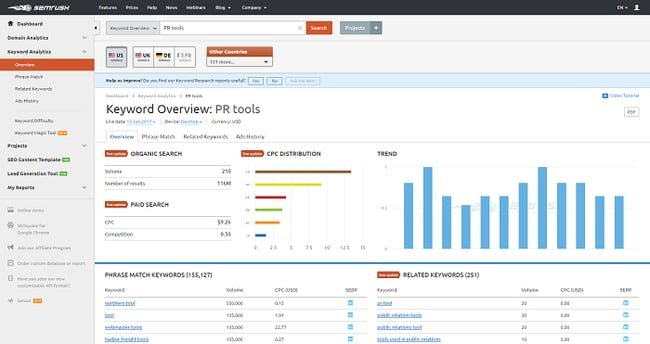
Every successful business knows that keeping a finger on the pulse of the market is essential. Competitive analysis provides a roadmap to understand where you stand in relation to your competitors.
Definition and Importance of Competitive Analysis
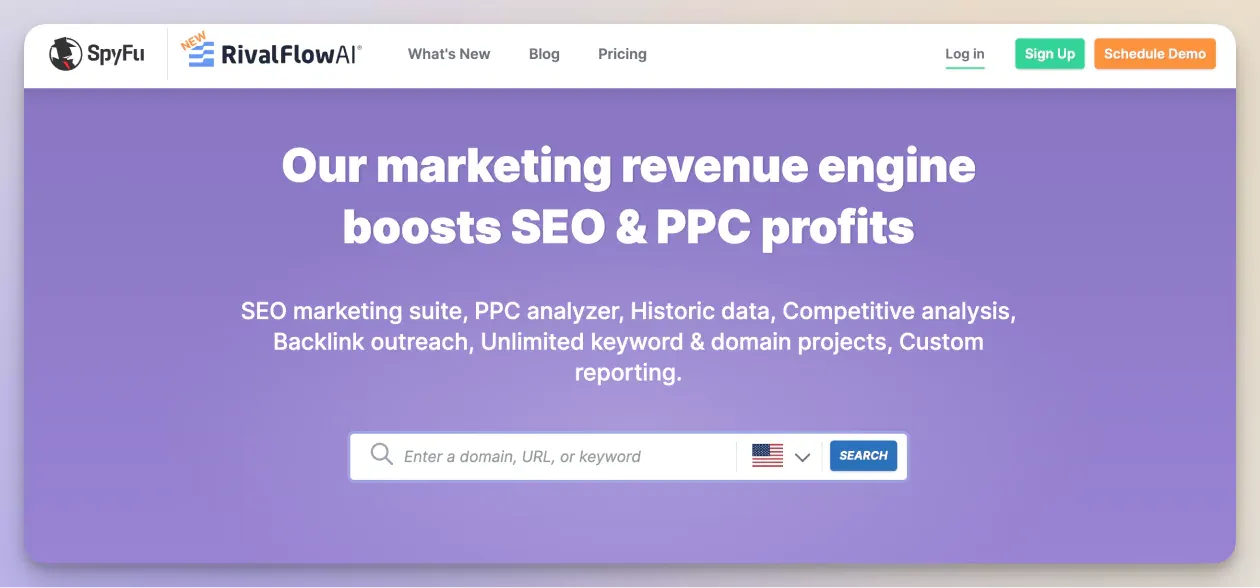
Competitive analysis refers to the process of evaluating your competitors’ strengths and weaknesses compared to your own. It involves researching various aspects of competitors, such as their marketing strategies, product offerings, customer service tactics, and financial performance. This analysis is vital for several reasons:
- Informed Decision-Making: In a world where data drives success, having a clear understanding of who your competitors are and what they are doing allows you to make strategic decisions with confidence. When armed with information, businesses can pivot when necessary, launch new products effectively, or even explore untapped markets.
- Identifying Market Gaps: By conducting a thorough competitive analysis, businesses can identify gaps in the market that they may exploit. These gaps signify opportunities for innovation, improved services, or different targeting strategies that competitors have overlooked.
- Benchmarking Performance: Competitive analysis enables businesses to establish benchmarks against which they can measure their performance. Knowing how your business stacks up against others allows you to set realistic goals and expectations.
Key Components of Competitive Analysis
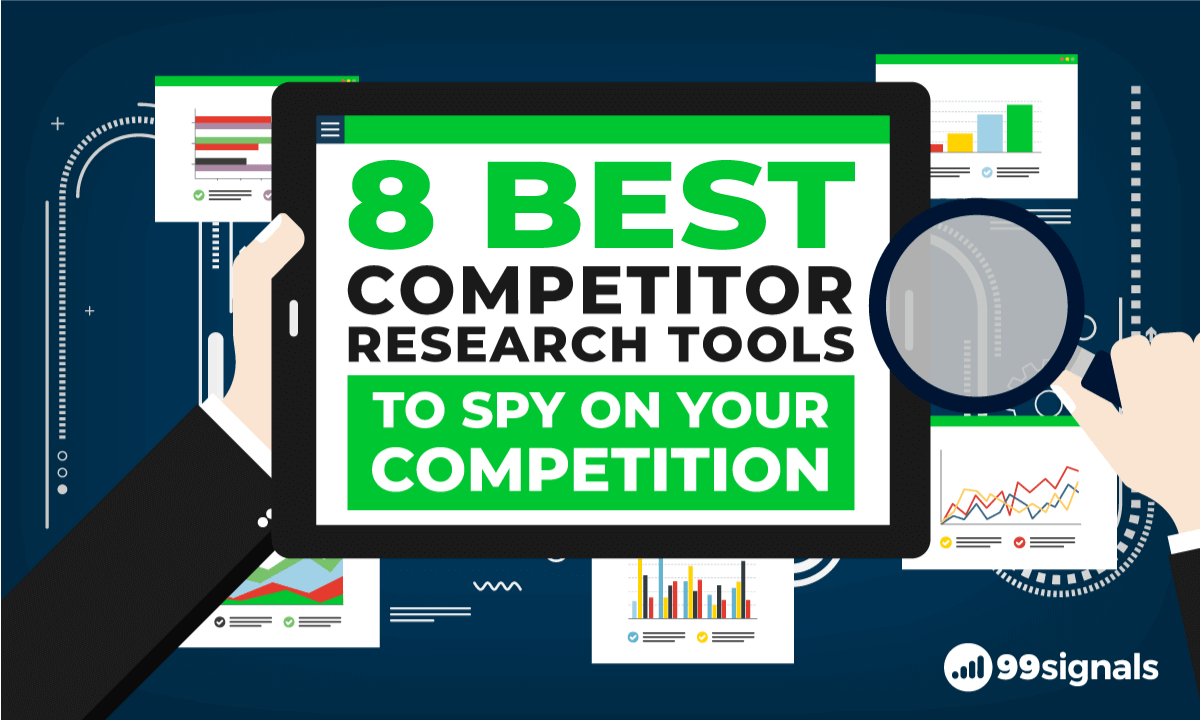
To conduct effective competitive analysis, it’s essential to break down the components that contribute to a comprehensive understanding of the competitive landscape. These components include:
- Competitor Identification: Recognizing who your direct and indirect competitors are sets the stage for deeper analysis. Direct competitors offer similar products or services in the same geography, while indirect competitors may meet the same need through different means.
- SWOT Analysis: Conducting a SWOT (Strengths, Weaknesses, Opportunities, Threats) analysis on competitors offers valuable insights into their capabilities and market positioning. This methodical approach allows businesses to uncover not just what their competition is doing well, but also where they are vulnerable.
- Market Positioning: Understanding how competitors position themselves in the market is crucial. This includes analyzing their branding strategies, target audiences, and value propositions. A clear picture of competitor positioning informs your own marketing efforts and helps sharpen your competitive edge.
How Competitive Analysis Drives Business Strategy

Competitive analysis isn’t just a one-time exercise; it’s an ongoing process that can significantly influence your business strategy. Here’s how it impacts strategic decision-making:
- Adaptation: Markets are dynamic, and so are consumer preferences. A company that consistently monitors its competitors can swiftly adapt to changing trends. Whether it’s adjusting pricing strategies or enhancing customer service, real-time insights from competitive analysis allow for timely adjustments.
- Innovation: Insights drawn from competitor actions can inspire innovation. Understanding what competitors do successfully – and where they fail – can spark ideas for new products, services, or enhancements to existing offerings. This proactive approach keeps businesses on the cutting edge.
- Customer Retention: Knowing what competitors offer enables businesses to refine their value propositions. If customers see more value in what a competitor brings, they are likely to switch. By continually analyzing competitor offerings and customer feedback, businesses can enhance their services to retain loyal customers.
Common Challenges in Conducting Competitive Analysis
While competitive analysis is incredibly beneficial, there are challenges businesses must navigate:
- Data Overload: With access to vast amounts of data, it can be overwhelming to sift through it all. Businesses often have difficulty focusing on the most relevant metrics that would impact their strategy.
- Subjectivity: Competitive analysis sometimes relies on subjective opinions rather than hard data. This subjectivity can skew findings, leading to misleading conclusions about the competition.
- Resource Allocation: Conducting thorough competitive analysis requires time, skills, and sometimes financial investment. Many small businesses struggle with limited resources, making it difficult to dedicate adequate attention to this critical aspect of strategy development.
Criteria for Selecting Competitive Analysis Tools
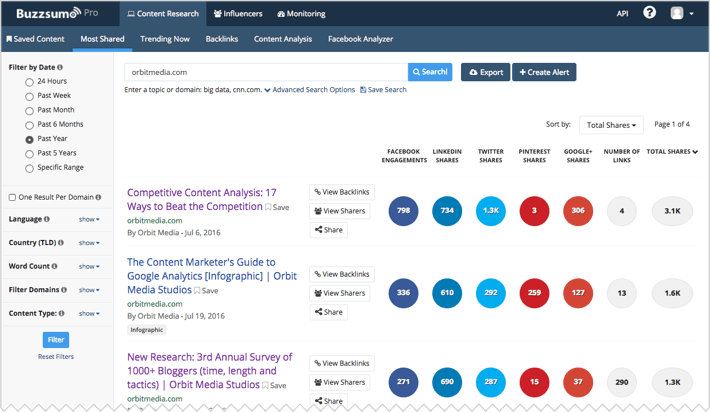
Choosing the right competitive analysis tools can significantly enhance the quality of your analysis. Below are key criteria to consider as you evaluate options.
Features to Look For
When assessing competitive analysis tools, certain features are indispensable for robust analysis:
- Data Sources: The best tools aggregate data from various sources, including social media, web traffic, SEO performance, and industry reports. A diverse range of data ensures a holistic view of competitors.
- Customizable Reporting: The ability to generate customizable reports allows businesses to focus on metrics most relevant to their needs. Whether it’s visual graphs or detailed charts, the tool should cater to different reporting requirements.
- Real-Time Analytics: Markets move quickly, and having access to real-time data is invaluable. Tools that offer live updates enable businesses to react swiftly to competitive moves, promotions, or changes in market sentiment.
Ease of Use and User Experience

A tool can be powerful but ineffective if users find it challenging to navigate. Consider these factors regarding usability:
- User Interface: An intuitive user interface makes it easier for teams to adopt the tool without extensive training. Clean layouts, easy navigation, and simple dashboards can greatly enhance user experience.
- Customer Support: Good customer support is essential. Whether it’s troubleshooting issues or providing tutorials, responsive support enhances overall satisfaction with the tool.
- Learning Curve: Some tools require significant training, while others are more straightforward. Organizations should assess the learning curve associated with each tool to ensure efficient onboarding.
Integration Capabilities with Other Platforms
Businesses often rely on multiple software solutions. Therefore, integration capabilities should be high on your priority list:
- API Access: Tools that offer API access facilitate seamless integrations with other platforms, such as CRM systems, project management tools, or marketing automation software. This interoperability enhances data synchronization and workflow efficiency.
- Third-Party Tools: Assess whether the competitive analysis tool integrates with popular third-party applications. Compatibility with tools like Google Analytics, HubSpot, or Salesforce can streamline processes and help maintain consistency across platforms.
- Data Exporting: Easy exporting options allow businesses to analyze data further or share insights with stakeholders. Look for tools that support various file formats for easy sharing and collaboration.
Pricing Structures and Budget Considerations
Pricing can vary widely among competitive analysis tools, so careful consideration is necessary:
- Subscription Models: Many tools operate on subscription models, offering monthly or annual pricing plans. Evaluate which structure aligns best with your budget and usage patterns.
- Free Trials and Demos: Utilize free trials or demos before committing to a purchase. This hands-on experience helps gauge whether the tool meets your specific requirements before making a financial commitment.
- Scalability: As your business grows, your needs may change. Consider whether the tool can scale with your organization and what costs might be associated with upgrading plans.
GoHighLevel stands out as a versatile platform for businesses aiming to stay ahead in 2024. While known for its all-in-one marketing tools, it also supports competitive analysis by centralizing customer insights, tracking campaign performance, and providing data-driven metrics. With GoHighLevel, businesses can monitor industry trends, analyze competitors, and refine strategies – all from a single, intuitive dashboard.
Overview of Leading Competitive Analysis Tools
With the criteria clear, let’s delve into some of the most reputable competitive analysis tools available in 2024.

Tool #1: SEMrush
SEMrush stands out as one of the premier tools for competitive analysis, particularly in the realm of digital marketing.
Features and Benefits
SEMrush offers a comprehensive suite of features that empower businesses to analyze their competition effectively:
- SEO and PPC Analysis: SEMrush excels at providing insights into competitors’ SEO and paid advertising strategies. Users can discover keywords competitors are targeting, their ad copy, budgets, and even estimated traffic generated from those ads.
- Traffic Analytics: With Traffic Analytics, businesses can estimate website traffic for competitors, identifying traffic sources, user engagement metrics, and geographic distribution of visitors.
- Content Marketing Tools: The tool also supports content marketing eforts by providing insights into what kind of content performs best within a particular niche. This allows businesses to tailor their own content strategies accordingly.
Pricing Plans
SEMrush operates on a tiered pricing model, accommodating varying business sizes and needs:
- Pro Plan: Ideal for freelancers and startups, it provides core features at a relatively low cost.
- Guru Plan: Best for growing businesses, the Guru plan comes with expanded limits and features suitable for agencies and larger teams.
- Business Plan: Tailored for large enterprises, this plan provides advanced analytics, custom reporting, and additional capabilities suited for extensive usage.
Use Cases and Best For
SEMrush is particularly beneficial for:
- Digital Marketers: Those focused on improving online visibility through SEO and PPC will find SEMrush invaluable.
- Content Creators: Bloggers and content marketers can leverage insights to create more engaging and relevant content.
- Agencies: Marketing agencies managing multiple clients benefit from the extensive reporting and collaboration tools offered by SEMrush.
Tool #2: Ahrefs
Ahrefs is another powerful tool designed primarily for SEO analysis, yet it has wide-ranging applications for competitive analysis.
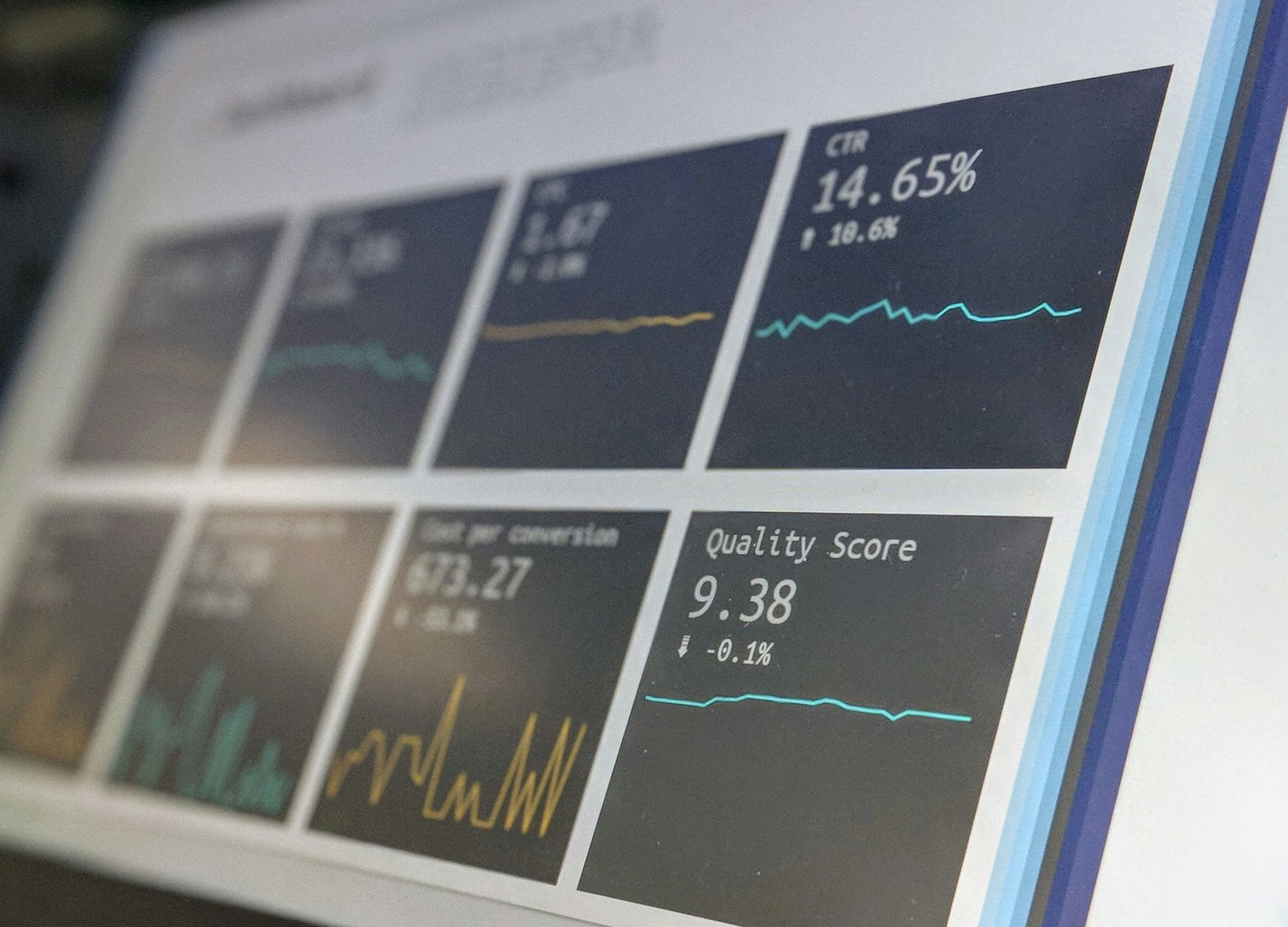
Features and Benefits
Ahrefs shines in several areas that make it a go-to choice for marketers:
- Backlink Analysis: Ahrefs boasts one of the largest backlink databases in the industry. Evaluating competitors’ backlink profiles can reveal potential link-building opportunities and partnership possibilities.
- Keyword Explorer: With its robust keyword explorer feature, users can discover lucrative keywords that competitors rank for, along with search volumes and difficulty ratings.
- Site Audit: Ahrefs performs comprehensive site audits to identify technical SEO issues that may affect both your site and your competitors’, allowing for targeted improvements.
Pricing Plans
Ahrefs offers a variety of pricing plans to suit different budgets and needs:
- Lite Plan: Suitable for beginners or small websites, it provides access to essential features.
- Standard Plan: The most popular option for small to medium-sized businesses, offering unlimited reports and a broader range of features.
- Advanced and Agency Plans: Designed for larger teams or agencies, these plans offer enhanced capabilities, including more extensive data usage and account management features.
Use Cases and Best For
Ahrefs is particularly effective for:
- SEO Professionals: Experts looking to enhance their search engine rankings can leverage Ahrefs’ powerful analysis tools.
- Content Strategists: Those focused on content marketing will benefit from insights into keyword performance and popular topics.
- Link Builders: Ahrefs is ideal for teams working on improving their backlink profile through targeted strategies based on competitor analysis.
Tool #3: SimilarWeb
SimilarWeb provides a unique perspective on competitive analysis by focusing on web traffic and market share.
Features and Benefits
The platform offers several key features:
- Website Traffic Estimation: SimilarWeb allows users to gauge the estimated web traffic for any site, providing insights into audience demographics, engagement rates, and traffic sources.
- Market Research Tools: Businesses can explore industry trends and the competitive landscape with features that highlight market dynamics and shifts.
- Referral Traffic Sources: Understanding where competitors receive their traffic from – be it social media, organic search, or direct visits – facilitates more informed marketing strategy development.
Pricing Plans
SimilarWeb offers customized pricing based on the specific needs of organizations, ensuring flexibility:
- Free Version: Provides limited access to basic data, ideal for smaller businesses or those testing the waters.
- Enterprise Solutions: Tailored options for larger organizations requiring deeper insights and more extensive data access.
Use Cases and Best For
SimilarWeb is especially useful for:
- Market Analysts: Those looking to understand market dynamics can leverage the platform’s research capabilities.
- Digital Marketing Teams: Teams seeking to develop targeted strategies based on traffic sources and competitor performance will find SimilarWeb invaluable.
- Investors: Investors and stakeholders can utilize SimilarWeb’s insights for due diligence, assessing potential investments based on traffic trends and market share.
Tool #4: SpyFu
SpyFu offers a unique take on competitive analysis, focusing on revealing competitor strategies in both SEO and PPC.
Features and Benefits
SpyFu provides several standout features:
- Ad History and Keywords: The tool showcases historical data on competitor ads, allowing businesses to analyze past campaigns and identify successful strategies.
- Competitor Comparisons: Users can compare their performance metrics side-by-side with competitors, gaining insights into where they excel and where they lag.
- Domain Comparison: SpyFu enables businesses to compare different domains, providing a clear picture of how they stack up against competitors in the digital marketing space.
Pricing Plans
SpyFu offers straightforward pricing structures:
- Basic Plan: Affordable access to essential features and historical data on competitor performance.
- Professional Plan: Best for serious marketers, this plan offers advanced features and insights tailored for deeper analysis.
- Team Plan: Designed for collaborative environments, this plan allows multiple users to access the platform simultaneously, facilitating teamwork.
Use Cases and Best For
SpyFu is particularly advantageous for:
- PPC Specialists: Professionals focusing on pay-per-click advertising can extract valuable insights for campaign optimization.
- SEO Practitioners: Those involved in organic search initiatives benefit from understanding their competitors’ keyword strategies.
- Marketing Analysts: Analysts using SpyFu for comprehensive competitor analysis will appreciate its depth and breadth of data.
Conclusion
Navigating the complexities of competitive analysis is crucial for any business aiming for sustained growth and success in 2024. By utilizing the top competitive analysis tools, organizations can equip themselves with actionable insights that inform every aspect of their strategy – from marketing campaigns to product development.
As you explore these tools, remember that the goal of competitive analysis is not merely to mimic what competitors are doing, but to carve out your unique position in the market. With the right tools, you can unlock the potential for innovation, resilience, and ultimately, business growth.


